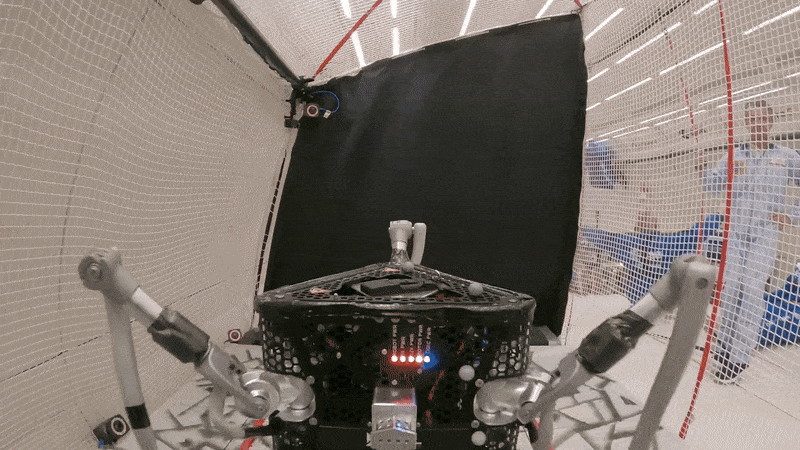Researchers at MIT are developing a wearable, portable brain monitor that tells a computer when its user is mentally overwhelmed. Using a brain imaging tool called functional near-infrared spectroscopy, or fNIRS, the system detects when a person is multitasking and tells the computer to adjust its interface to make things easier. The technology could take a load off the minds of air traffic controllers and other workers who must constantly perform at a high level, regardless of changes in cognitive state.
Functional NIRS detects brain activity by using light to scan for changes in blood hemoglobin concentrations. The technology can sense not only that someone may be multitasking, but can also distinguish between different kinds of multitasking. Erin Treacy Solovey, a computer science postdoc at MIT, and her colleagues have been testing the tool using virtual robots designed to adapt to the mental state of their human controller. In the experiments, volunteers strap on fNIRS headgear and attempt to guide two robots through a maze simultaneously--a tough task. The fNIRS sensors transmit information about the volunteer's changing mental state to the robots. When the robots sense that the volunteer is having to simultaneously focus attention on two problems, they take on more of the navigation themselves.
The researchers found that the system successfully reduced the human workload. They named the system Brainput and presented the results of the experiment last week at the Computer Human Interaction Conference in Austin, Texas.
Other brain sensing tools are in development, including electroencephalography (EEG), which relies on electrodes attached to the head, functional magnetic resonance imaging (fMRI), which uses magnetic fields to measure blood flow in the brain that telegraphs brain activity; magnetoencephalography (MEG), which detects the magnetic fields generated by clusters of thousands of neurons; and even ultrasound transducers, which track blood flow. Applying these sensors to brain-computer interface systems is a field that is growing, with applications in gaming, telecommunications, and in the treatment of medical conditions such as amyotrophic lateral sclerosis (ALS). But all of these technologies have practical limitations. NIRS, for example, has been shown to have a low data-transmission rate.
Photo credit: Matthew Modoono
Emily Waltz is a features editor at Spectrum covering power and energy. Prior to joining the staff in January 2024, Emily spent 18 years as a freelance journalist covering biotechnology, primarily for the Nature research journals and Spectrum. Her work has also appeared in Scientific American, Discover, Outside, and the New York Times. Emily has a master's degree from Columbia University Graduate School of Journalism and an undergraduate degree from Vanderbilt University. With every word she writes, Emily strives to say something true and useful. She posts on Twitter/X @EmWaltz and her portfolio can be found on her website.



